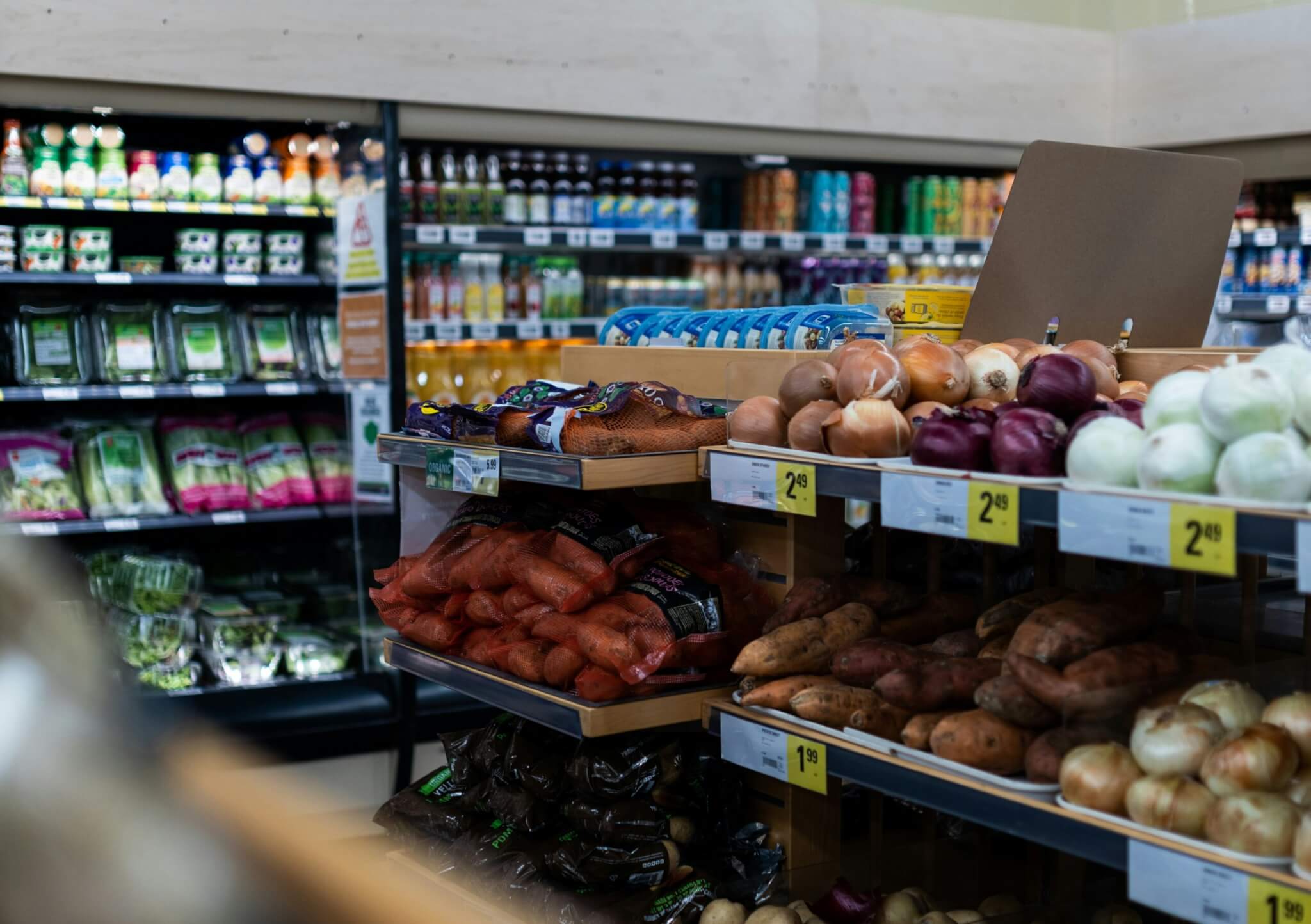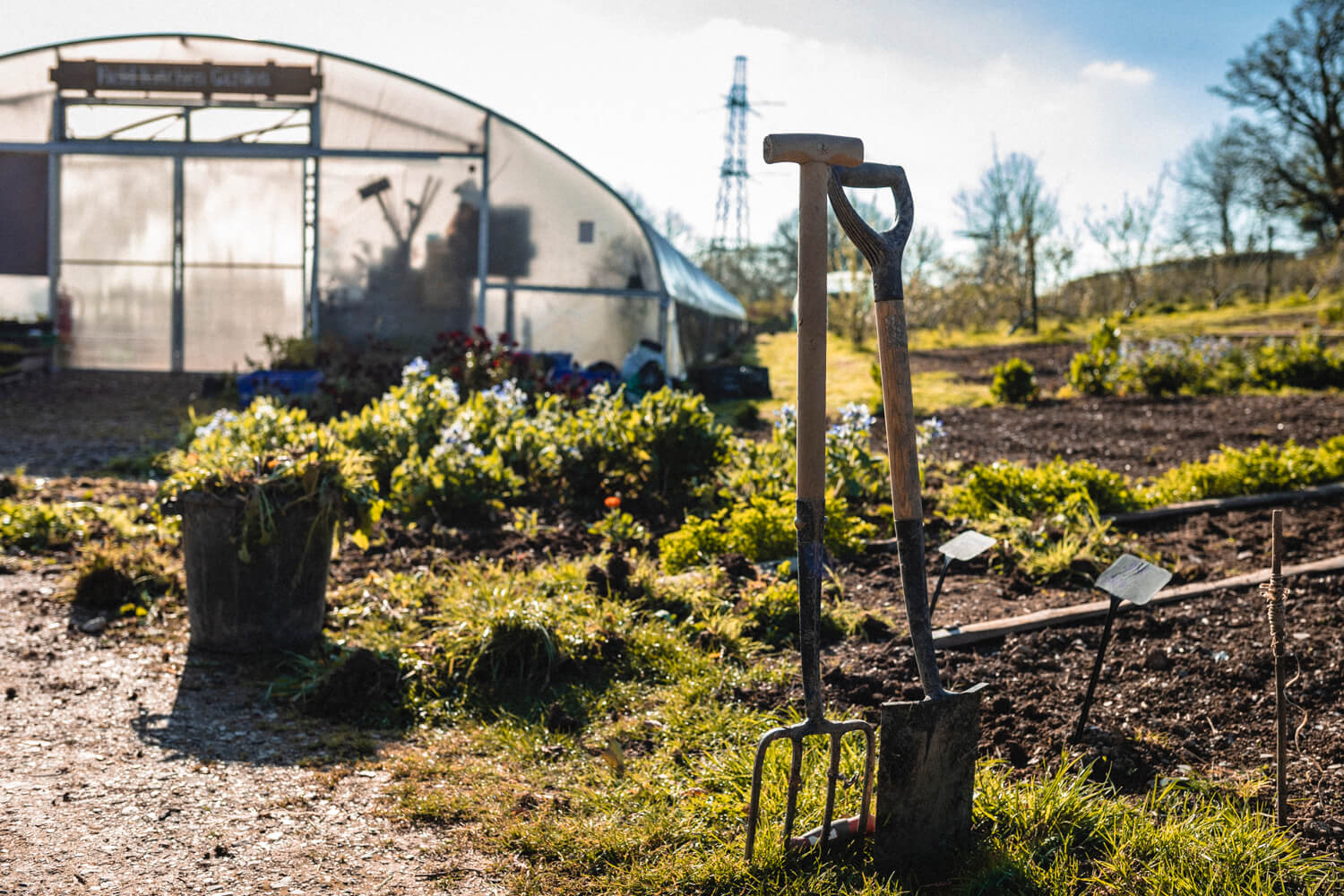What’s not to love about local food hubs? This is where consumers support growers via short supply chains, reducing waste, food miles, and carbon emissions. And when you buy from your local producers, the food system becomes more resilient, since neighbourly sourcing enriches the communities it serves in a positive feedback loop, rather than the pockets of distant shareholders.
Shop at Tamar Valley Food Hubs for example and producers receive 85p in the pound. And for every pound spent, a further £3.70 is generated in social, economic and environmental value. Such hubs are an antidote to our neoliberal, supermarket-dependent oligopoly, which is propped up by globalised supply chains and where only 9% of the £130 billion generated a year reaches growers themselves.
However, while supermarket chains celebrate billions in profits for the last financial year, many local food hubs are only just making ends meet. This is despite the boost they got when the global pandemic hit and consumers realised the importance of local food resilience. The cost of living crisis and our reliance on cheap food – which is some of the cheapest in the developed world – is still a challenge for local food hubs.
“We’re more expensive than supermarkets. There’s no way we can avoid that. We try and hit a range of price points though to attract consumers. People don’t often do their full shop with the food hub, but purchase items from us that they really value,” explains Rachael Forster, Marketing Manager at Tamar Grow Local.
Many are run as not-for-profits or community interest companies, others promote organic or agro-ecological growing, some are focused on wholesale, while others have a retail component or supply to caterers, as well as offering up public sector procurement. The core aim of all of them is to make good quality, healthy food more accessible to local communities.
“A good number are run by creative people that are passionate about making local food economies work. These people desperately want to build local food systems,” states Nick Weir, Community Facilitator at the Open Food Network, which provides a digital platform for farmers and producers.
There is a plan
Over the years, policy makers, academics, and third-sector organisations have all been excited by the potential of local food hubs. There is now a detailed local food plan that’s been put together by Sustain, the Sustainable Food Trust and others with calls for national policies to support local food infrastructure with the expansion of hubs.
However, the government has yet to invest in the concept wholesale (maybe we can expect more in the new national food strategy?) – who knows. Boosting horticultural production would also be a shot in the arm for the sector. Apathy from Westminster hasn’t stopped a significant network of local food hubs developing across the UK from Brighton to Galloway, Cambridge to Exeter.
Numbers are hard to come by, but there are over 2,200 food producers on the Open Food Network, which supports local hubs. Over 150 farm members are part of Community Supported Agriculture, while Better Food Traders has more than 200 members across the UK. To put this in perspective, two supermarket chains, Tescos and the Co-op have 3,000 stores or more each across the country.
“I think one of the reasons why many consumers don’t get local food hubs is that they don’t really feel part of their community. So, why should I support that local farmer growing carrots on the other side of the hill, when I can get them cheaper from Tesco?” details Weir from the Open Food Network.
There are also other challenges; the sector struggles with misperceptions from the public over what the exact definition of a local food hub is. Sometimes there’s a strong association in peoples’ minds with food banks, which comes with its own stigmas around poverty.
“Some think of it is a place where you can get food for free. We have to educate people that a local food hub is where a range of producers can come and sell their produce and it will be distributed based on a fair trade model,” points out Forster.
An ecosystem offering
It’s the networking effect of local food hubs, which has the most potential. When local food hubs link up together they bring a wider array of producers into contact with consumers, who are already used to perpetual abundance on supermarket shelves. If consumers have access to, say, local honey, seasonal daffodils or organic eggs, alongside their carrots and potatoes, then the offering is more appealing.
“Local food hubs and growers don’t just want to work by themselves. They also want to support an ecosystem of like-minded producers, whether it’s the local milkman and the dairy products they supply or a British blueberry grower,” states Forster.
In the case of Tamar Grow Local they’ve teamed up with a distribution network in Cornwall and Devon called the Good Food Loop bringing together other food hubs, producers and customers in a bid to offer a greater variety of local products from fresh fish to pasture-raised chickens, herbal teas to apple juice; it is proving very successful.
“People want access to a good variety of locally produced fruit and veg. This is where collaborations between producers and suppliers through food hubs and wholesale matters,” says Hannah Gibbs, Programme Manager at Sustain, the alliance for better food and farming.
“What we’re also missing in the conversation around hubs relates to supply. We’re just not growing enough fruit and veg in the UK or enough agro-ecological produce – it’s shocking. We need concrete policy proposals for increasing horticulture from the government, including clear modelling of dietary side shifts on land-use in the Land Use Framework. All the talk of scaling up food hubs is irrelevant unless there is more supply.”
Take the UK’s self-sufficiency in fresh vegetables, it is 53 per cent, a shocking figure, and the lowest since records began in 1988. The area under production is also down by 6.5 per cent, while the volume and value of imported veg has gone up dramatically. Local resilience in terms of production is going in the opposite direction to what it should be.
A little shift in shopping habits
Many in this sector are calling for a much bigger drive to boost investment in local food hubs from the government, but also a campaign to raise their profile, so that more consumers at least shift some of their shopping basket away from supermarkets in order to give the sector a fighting chance.
“We should be telling consumers it’s not just about what you’re buying, it’s how and where you’re buying it. So making that conscious decision to really look for those shorter supply chains where your money goes back to people that really deserve it, and shift the way we shop, even if it’s one swap a week, where you exchange ten items in your basket and buy them locally,” says Julia Kirby-Smith, Executive Director at Better Food Traders.
Another boost for local food hubs would be public procurement. The government has already made commitments to source more local food for catering in schools, healthcare settings and prisons.
Tim Lang, Professor of Food Policy at City University, is also thinking more radically about the issue in terms of civil food resilience. He states that the UK is woefully unprepared when it comes to food security and dealing with future shocks; most of us belief that we can import our way out of future crises.
We only have to remember the empty supermarket shelves back in February two years ago when cold weather in southern Europe forced retailers to ration customers to two or three items of affected produce. With shortages in mind, Lang believes we should be thinking about local resilience, where food banks are turned into “co-operative retail and community storage” – in essence local food hubs.
“Global food supply chains are fragile. We need to start looking at local markets and local suppliers and there’s also all sorts of health benefits to buying locally. We should also stop thinking of having farmers markets and local food hubs for wealthy customers and food banks for the poor, but one system that meets the needs of all walks of life in our communities,” points out Weir.
“The technology is good enough to offer different price points to different groups within society whether they need subsidised food or whether they are willing to pay more to help others out. We need a new system that will enable people to work their way out of food poverty, one that is socially inclusive. This way local food hubs could be part of the solution.”









Isn’t this what we used to call a market? You go on a Saturday morning and buy your meat. fish, fruit and veg. Or at least I used to until the 90s. Since then the street I used to shop in has filled with restaurants and estate agents. A simple grocers could never pay the rent. Unfortunately, people at large won’t pay for resilience nor will governments: if they did we wouldn’t be plagued with over-digitisation. It’ll be up to individuals to collect together to do what they can.